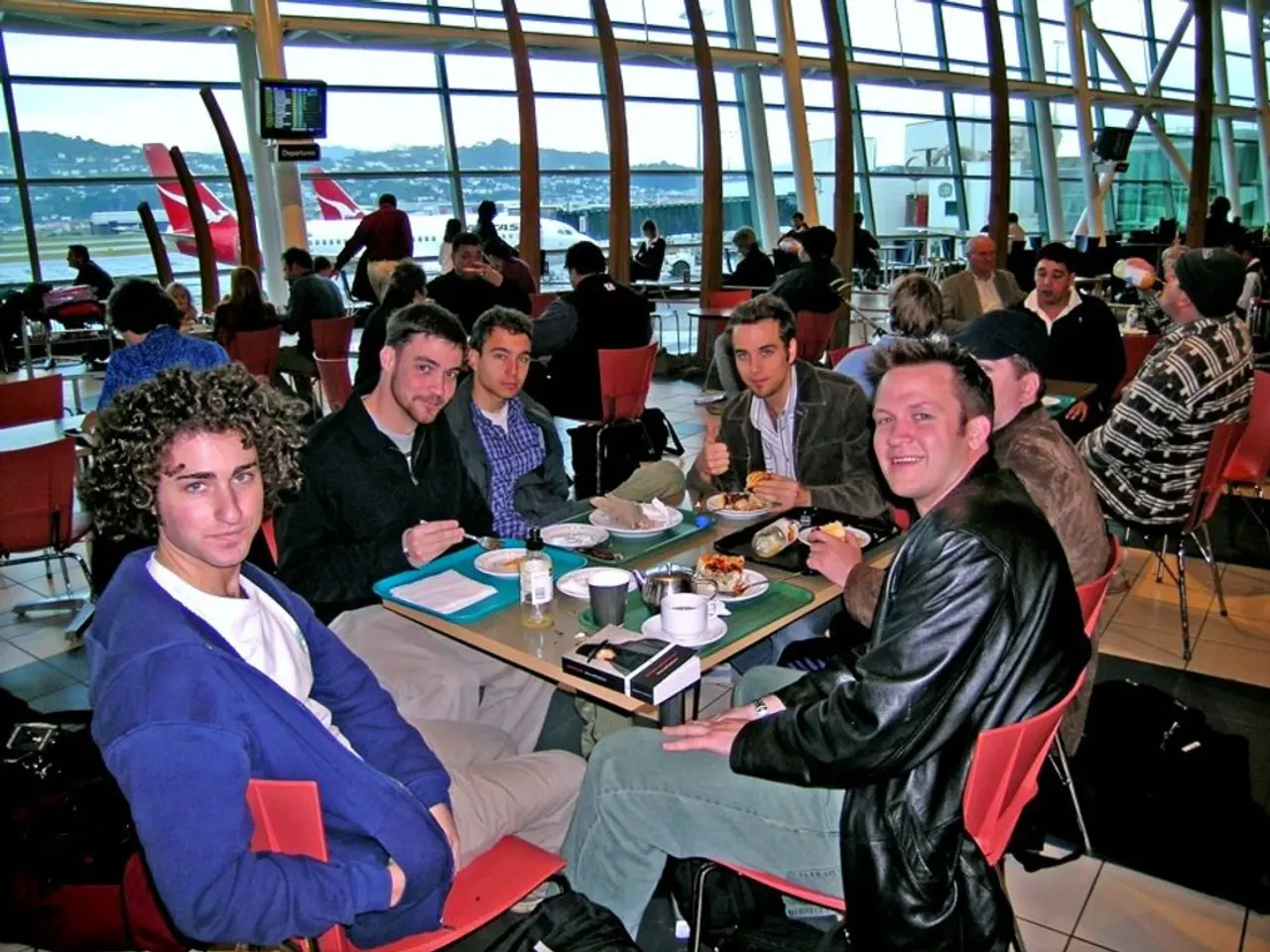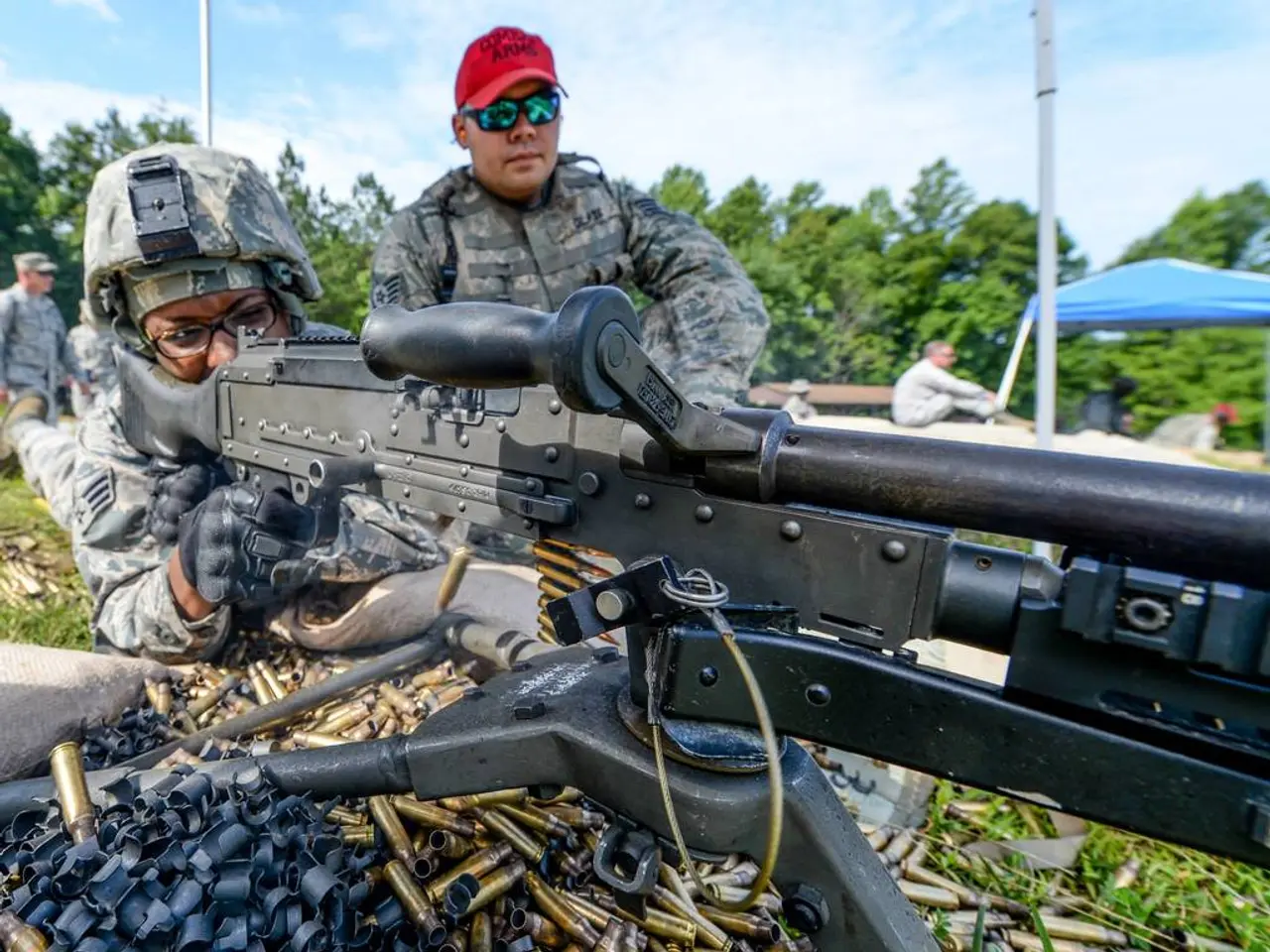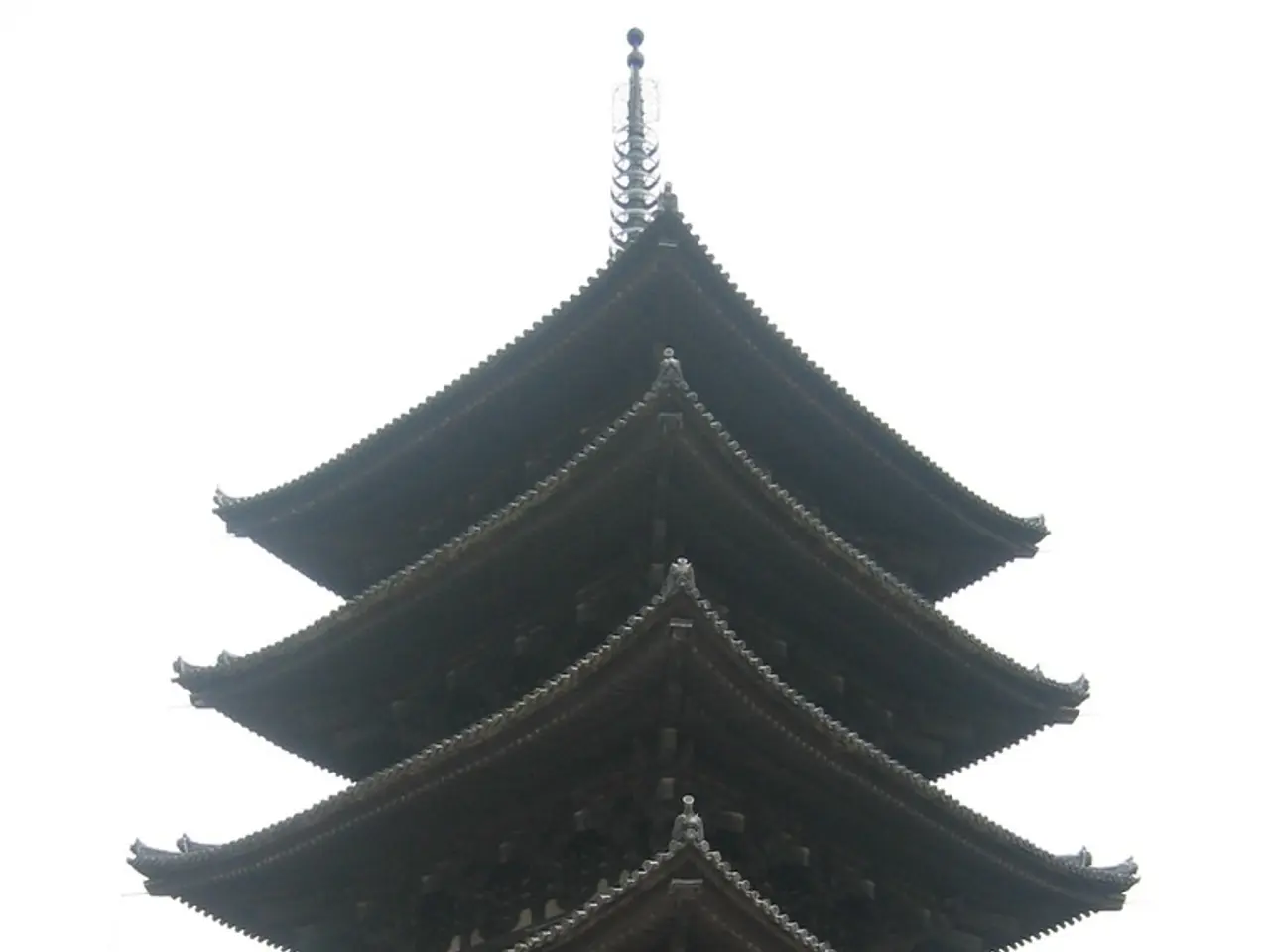Government confronted with urgency for prompt actions in trade negotiations, as jewellery councilscall for swifter measures due to imposed 50% tariffs.
The Indian jewellery sector is navigating challenging times, as escalating US tariffs threaten to pressure the Indian Rupee and cause significant job losses. Swift trade negotiations are underway to mitigate the severe impact of the tariffs, which have risen from 10% to 50% since April 2025, on India's gem and jewellery sector.
Impact of Tariffs
The increased tariffs have severely eroded India's competitiveness in its largest export market, the US. This has resulted in approximately 100,000 job losses, particularly in diamond cutting and polishing hubs like Saurashtra and Surat, Gujarat. The tariffs pose a further strain on the industry, threatening the livelihoods of millions employed in the sector, which contributes about 7% to India’s GDP.
Industry and Government Response
In response, the Indian government and key industry bodies such as the Gems & Jewellery Export Promotion Council (GJEPC) are actively engaging in trade negotiations with the US to seek tariff exemptions or reductions. They are lobbying to protect sectors like diamonds and gemstones that cannot be sourced domestically in the US.
Shifting Manufacturing and Trade Routes
Facing high tariffs, Indian exporters are accelerating plans to establish manufacturing facilities in lower-tariff countries, including the UAE and Mexico. The UAE, with a 10% tariff compared to India’s 50%, is a prime candidate for relocation, aiding continued access to the US market through indirect routes. This shift enables Indian firms to maintain market share legally and reduce tariff burdens.
Diversifying Export Markets
India is pivoting to alternative markets such as the Gulf Cooperation Council (GCC) countries, Southeast Asia, and Latin America to offset losses from the US market. The UAE-India Comprehensive Economic Partnership Agreement (CEPA) facilitates smoother trade, helping Indian companies build integrated international value chains beyond a passive export model.
Potential Solutions in Negotiations
Besides tariff relief discussions, potential solutions include deepening regional trade agreements, bilateral talks to create exemptions for key sectors, and encouraging joint ventures or investments within the Gulf and other markets to localize production and distribution, thereby mitigating tariff impacts.
Preserving Cultural Heritage and Skilled Artisans
Many of these artisans are from marginalized communities and preserve centuries-old techniques through small workshops and family-run enterprises. The tariffs pose a significant threat to these artisans, risking the erosion of India's cultural heritage.
Uncertainty and Safe-Haven Assets
The growing uncertainty surrounding President Trump's tariffs has emerged as a significant positive factor for gold as a safe-haven asset. On August 7, gold prices surged on the domestic futures market, reaching a record high, due to concerns that Trump's tariff policies could hinder global economic growth.
Call to Action
The Domestic Jewellery Council, the All India Gem and Jewellery Domestic Council, and other industry bodies have urged the government to engage in trade negotiations to protect jobs, due to tariff tensions between India and the USA. As of 2.00 pm, MCX Gold futures were up by 0.26 per cent at ₹101,532 each.
[1] GJEPC Website [2] The Hindu [3] BloombergQuint [4] Business Standard [5] Financial Express
- Despite the turbulent times in the Indian jewelry sector, the focus has shifted towards sports, with the government and key industry bodies like the Gems & Jewellery Export Promotion Council (GJEPC) planning to establish sports training facilities for marginalized artisans, preserving their skilled craftsmanship and offering an alternative livelihood.
- In the wake of the escalating US tariffs, many sports enthusiasts in the diamond cutting and polishing hubs like Saurashtra and Surat, Gujarat, are finding solace in competition, aiming to divert their energy and attention towards sports, taking part in local tournaments and training programs to maintain a sense of community and resilience amidst the tariff challenges.








